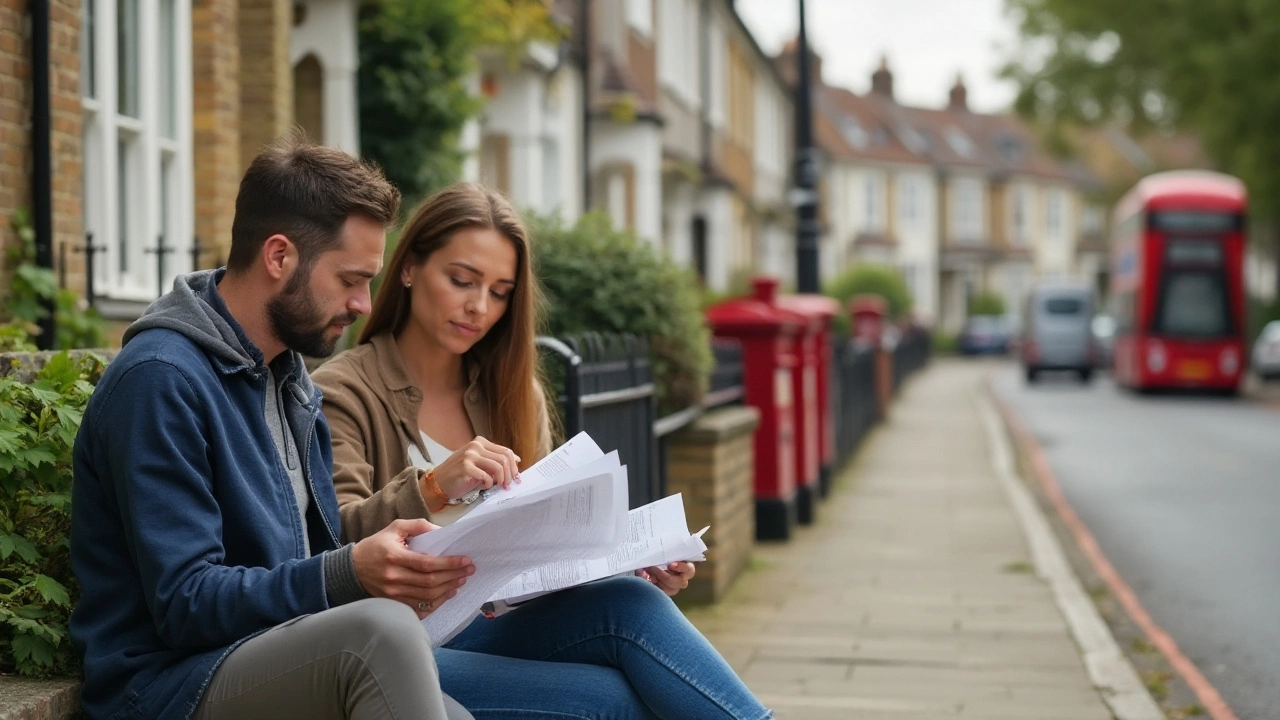Homeownership Made Simple: Your First Steps
Thinking about buying a house can feel like a big mountain, but you don’t have to climb it blind. Whether you’re saving for a deposit, figuring out which mortgage fits, or curious about shared‑ownership schemes, the basics are easier than you think. Let’s break it down so you can move from dreaming about a front door to actually holding the keys.
Saving for Your Down Payment
The first hurdle most people hit is the down payment. Many hear “20%” and assume it’s a rule you can’t break. In reality, the amount you need depends on the loan type, the lender, and the price of the home you want. For a £200,000 property, a 5% deposit is only £10,000 – doable if you set a clear savings plan.
Start by cataloguing every monthly expense. Cut back on non‑essentials like pricey streaming bundles or that daily coffee run. Redirect the saved cash into a dedicated account, ideally one that offers a modest interest rate. Automating the transfer each payday removes the temptation to spend.
Don’t overlook government schemes. In many UK areas, first‑time buyer programs can shave off a few thousand pounds or even provide a loan to cover part of the deposit. Check the local council website or ask a mortgage advisor about options in the Florin Court area.
Finally, keep an eye on your credit score. A higher score can unlock lower‑interest mortgages, which means you’ll need less cash up front to stay within your budget. Pay off any lingering credit‑card balances and avoid opening new credit lines right before you apply.
Shared Ownership: A Shortcut to Buying
If saving the full deposit feels impossible, shared ownership might be your shortcut. With this scheme, you buy a share of the property—often between 25% and 75%—and pay rent on the remaining part. It lets you move into a home sooner while you continue to build equity.
The process starts the same way as a regular purchase: you’ll need an eligibility check, proof of income, and a mortgage for the share you intend to buy. Many lenders offer special shared‑ownership mortgages with lower deposit requirements, sometimes as low as 5% of the share price.
One big advantage is that you can increase your ownership stake over time, a process called “staircasing.” Each time you buy a larger slice, your rent drops, and you own more of the property outright. This gradual approach spreads the cost across several years, making homeownership feel less like a sprint and more like a marathon you can finish.
Keep in mind the extra costs: service charges, ground rent, and maintenance fees still apply to the whole building, not just your share. Also, when you decide to sell, you’ll often need the housing association’s approval, and they may have the right of first refusal.
Nevertheless, for many first‑time buyers in high‑price areas, shared ownership turns the dream of owning a home into a realistic milestone rather than a far‑off fantasy.
Bottom line: becoming a homeowner is a series of small, manageable steps, not a single giant leap. Know how much you need for a deposit, boost your credit score, and explore shared‑ownership if the traditional route feels out of reach. With the right plan, the keys to your new home are closer than you think.

Disadvantages of Stock Ownership in Shared Ownership Homes
Shared ownership homes present an attractive option to many potential homeowners. However, stock ownership in these properties isn't without its challenges. From limitations on full property control to potential financial pitfalls, there are several disadvantages worth noting. Understanding these can help potential buyers make informed decisions about whether this type of homeownership aligns with their goals and circumstances.

Understanding Shared Ownership and How Many Shares Make You a Homeowner
Shared ownership is a unique housing option that allows individuals to purchase a portion of a home and pay rent on the remaining share. This system provides an affordable way to enter the property market, especially for first-time buyers. The article explores the mechanics of shared ownership, how many shares are needed to be considered an owner, and offers insights and tips on navigating this type of property investment.

Understanding Joint Ownership vs Co-Ownership in Shared Homes
Exploring the nuances between joint ownership and co-ownership is essential for anyone considering shared property arrangements. While both offer a route to homeownership, they differ significantly in their legal implications, decision-making processes, and rights of survivorship. Understanding these differences helps potential homeowners make informed decisions that best suit their financial and personal circumstances. This article provides insights into legal rights, responsibilities, and tips for managing shared ownership effectively.

Disadvantages of Homeownership in Shared Ownership Properties
Exploring the downsides of owning a shared ownership home, this article delves into the complexity of shared financial responsibility, the limitations imposed by shared agreements, and the challenges of selling a shared ownership property. It offers insights for potential buyers to consider before committing. The discussion is enriched with practical tips for navigating the shared ownership landscape effectively.